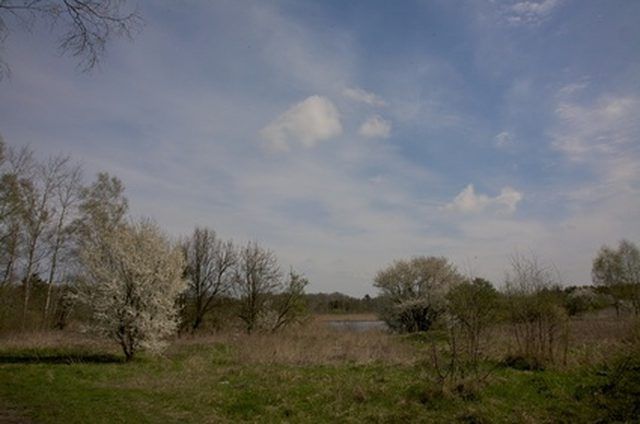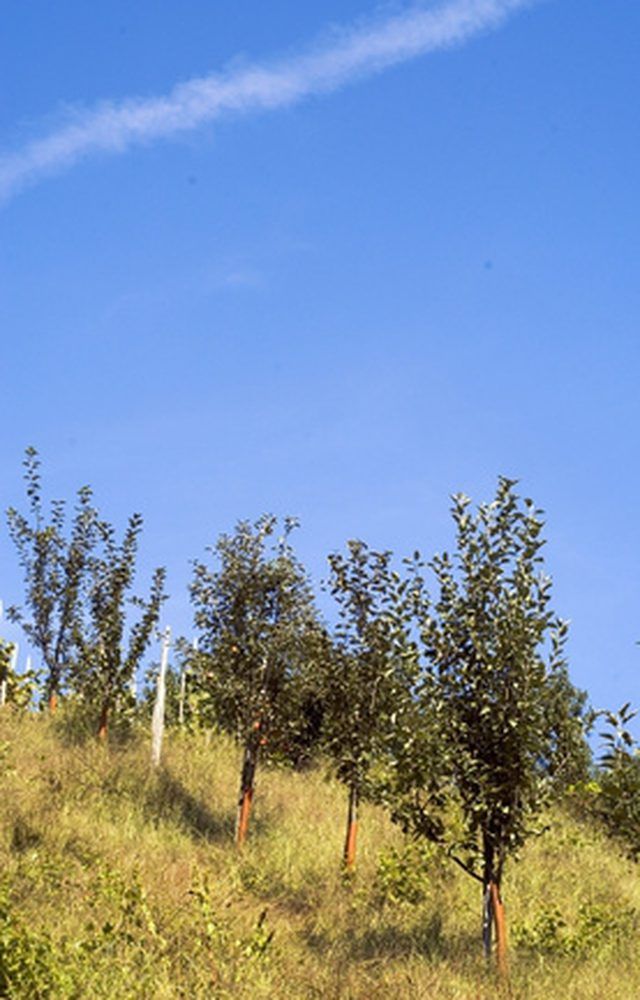Bulbs
Flower Basics
Flower Beds & Specialty Gardens
Flower Garden
Garden Furniture
Garden Gnomes
Garden Seeds
Garden Sheds
Garden Statues
Garden Tools & Supplies
Gardening Basics
Green & Organic
Groundcovers & Vines
Growing Annuals
Growing Basil
Growing Beans
Growing Berries
Growing Blueberries
Growing Cactus
Growing Corn
Growing Cotton
Growing Edibles
Growing Flowers
Growing Garlic
Growing Grapes
Growing Grass
Growing Herbs
Growing Jasmine
Growing Mint
Growing Mushrooms
Orchids
Growing Peanuts
Growing Perennials
Growing Plants
Growing Rosemary
Growing Roses
Growing Strawberries
Growing Sunflowers
Growing Thyme
Growing Tomatoes
Growing Tulips
Growing Vegetables
Herb Basics
Herb Garden
Indoor Growing
Landscaping Basics
Landscaping Patios
Landscaping Plants
Landscaping Shrubs
Landscaping Trees
Landscaping Walks & Pathways
Lawn Basics
Lawn Maintenance
Lawn Mowers
Lawn Ornaments
Lawn Planting
Lawn Tools
Outdoor Growing
Overall Landscape Planning
Pests, Weeds & Problems
Plant Basics
Rock Garden
Rose Garden
Shrubs
Soil
Specialty Gardens
Trees
Vegetable Garden
Yard Maintenance
What Is the Habitat of an Apple Tree?
What Is the Habitat of an Apple Tree?. Cultivated apple trees (Malus domestica) originated in Asia Minor, occurring throughout southwestern Russia, Pakistan, western China and northeastern India. Through travel and trade, apples gradually moved westward into Europe. They were brought to the United States by European settlers in the 17th century,...

Cultivated apple trees (Malus domestica) originated in Asia Minor, occurring throughout southwestern Russia, Pakistan, western China and northeastern India. Through travel and trade, apples gradually moved westward into Europe. They were brought to the United States by European settlers in the 17th century, where they have flourished ever since. They are an adaptable species of fruiting tree.
General Habitat
State, province and country aside, apple trees grow best with full sun, in soil that is deep, moist and well-drained. Loamy soil---soil made of roughly equal parts sand, silt, clay and organic matter---is ideal for cultivating apple trees. Apple trees are extremely cold-hardy and bloom later than many other fruiting trees. They prefer a temperate climate, allowing for winter dormancy, a period of time when growth and development stop. They grow most productively in northern zones, within a latitudinal range of 35 to 50 degrees.
In the Wild
Apple trees may be found along forest edges, in disused or abandoned fields, and in shrubby areas and former clearings. Because they grow best in full sun, they will fruit less and lose their vitality as other trees grow up around them. This is a result of too much shade and of root crowding. Apple trees also tend to crowd within their own crowns by growing too many branches for the amount of available sunlight and space. Apple trees growing in the wild often produce less fruit as a result.
Orchards
According to the University of Minnesota's Extension Service, apple trees grow best on slopes, where cold air can sink and warm air can rise. Many apple orchards are planted this way. When there is still danger of frost in the spring, the flowers and buds of slope-growing trees will be at less risk of damage, because the coldest air will slide downhill. Orchard rows tend to be oriented north to south so that they are exposed to sunshine all day.

In the Yard
If you are planting in your yard, the most important things to keep in mind are the basics: sun and well-drained, rich soil. You may want to test your soil so that you have a better sense of which kinds of fertilizer and organic matter (sawdust, manure, mulch, grass clippings and compost) will improve the texture and nutrient value of your soil.
Care
There are several ways to encourage flourishing apple trees. If you are planting your own trees, this involves good site selection, soil preparation and seasonal pruning. If you are restoring and harvesting fruit from wild trees, "releasing" them will encourage greater yields of fruit. Releasing an apple tree involves removing any trees or shrubs growing next to or below the apple tree that may be restricting its sunshine over the course of the day.